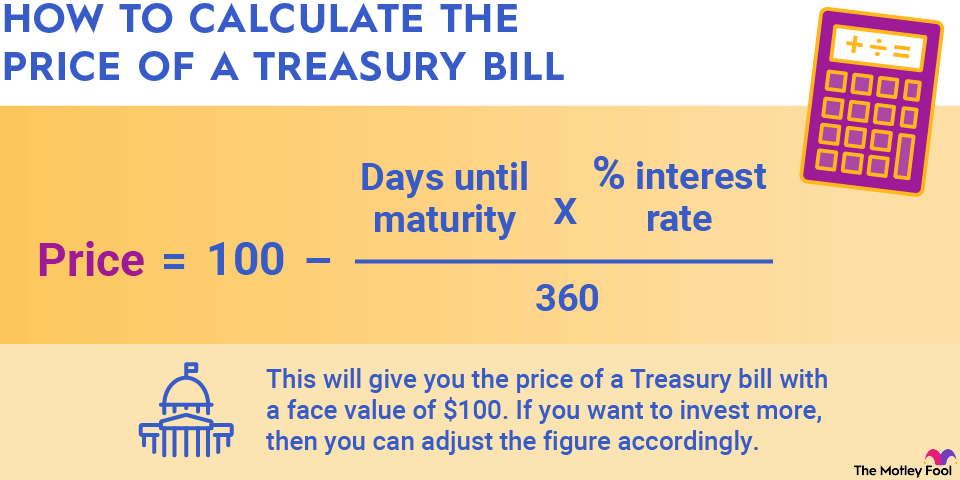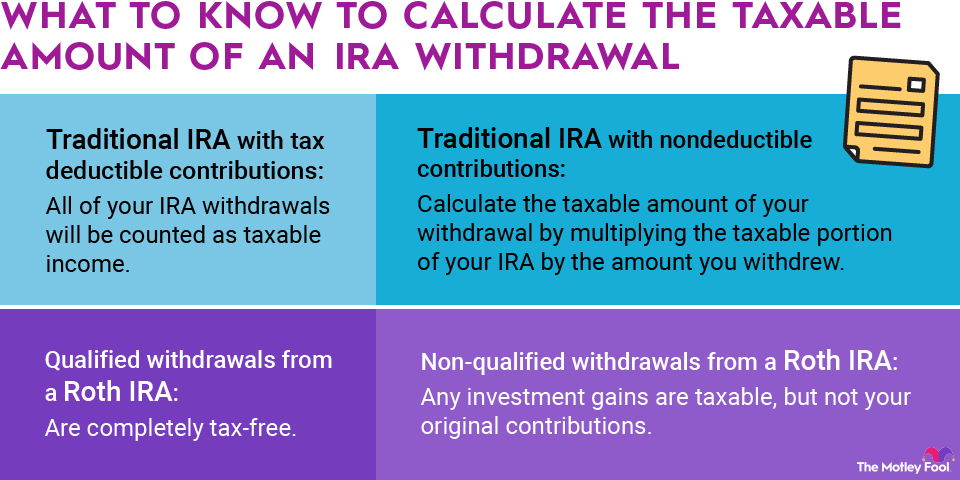A promissory note is a financial and legal instrument through which one party agrees (or promises) to pay another party a sum of money comprised of two parts: principal and interest. These handy documents lay the groundwork for much of day-to-day capitalism, spelling out terms on everything from auto loans to home mortgages to notes payable and receivable between corporations.

That's why, as the payee, you'll want to be crystal clear on the amount of interest you're committing to pay for any promissory note that you sign. That calculation is a simple three-step process.
1. Gather the information
First, collect the information you'll need, which should all be readily available on the note itself. To calculate the total interest liability you need three numbers: the principal, the interest rate, and the time period. For example, let's say your note carries principal of $5,000 at an annual rate of 7% for a time period of three years.
2. Calculate interest for one year
Next, calculate the interest charge for one year by multiplying the principal by the interest rate. In our example, that math would yield $5,000 x 0.07 = $350. This is the annual interest charge for the note.
3. Calculate interest for the entire period
Finally, to get the full cost, you need to multiply the annual charge by the number of years specified in the promissory note. In this case, the calculation would show $350 (charge for 1 year) x 3 (total years) = $1,050. Note that this total is 21% of the principal, equating to three 7% annual charges.
You can perform the same calculation using partial-year periods simply by converting the time period into fractions of a year. For example, here's how the math would look for a six-month or half-year $1,000 loan at 10% annual interest:
$1,000 (principal) x .10 (interest rate) x 0.5 (time period in years) = $50
At the end of this six-month period, you'd be responsible for the $1,000 principal you borrowed, plus $50 of interest charges.


















